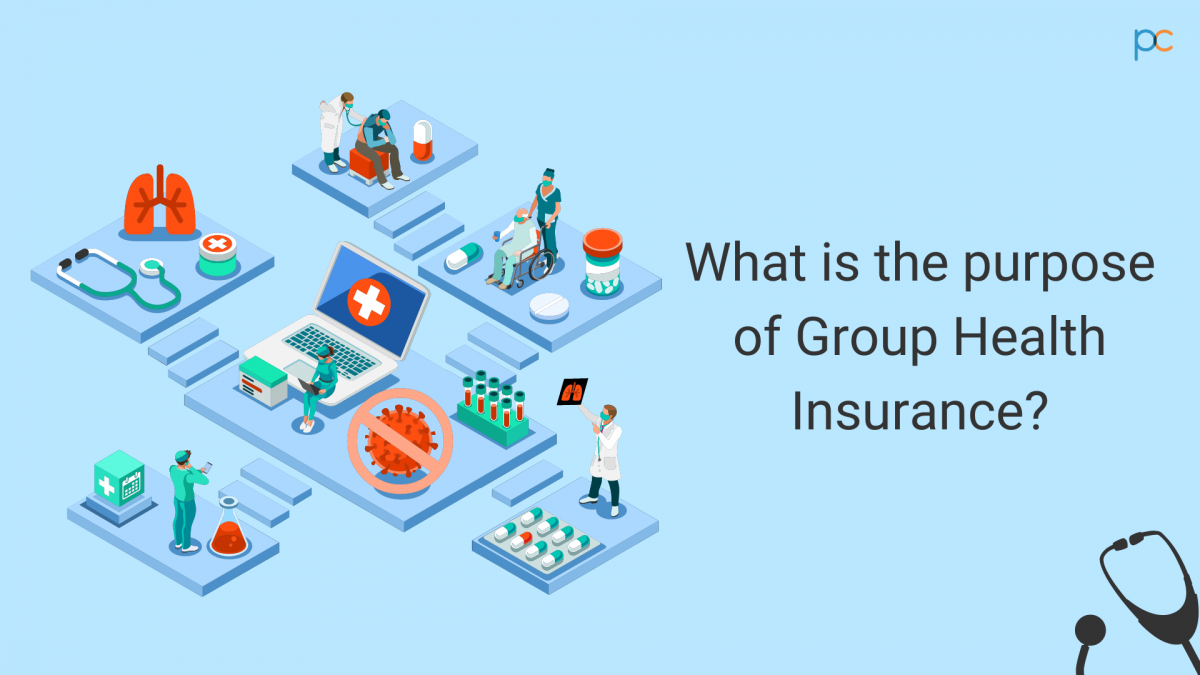Fascination About Pacific Prime
Fascination About Pacific Prime
Blog Article
What Does Pacific Prime Do?
Table of ContentsPacific Prime Can Be Fun For AnyoneRumored Buzz on Pacific PrimeThe Only Guide to Pacific PrimeAbout Pacific PrimeA Biased View of Pacific Prime

This is due to the fact that the data were accumulated for a period of strong financial performance. Of the estimated 42 million individuals who were uninsured, just about about 420,000 (concerning 1 percent) were under 65 years old, the age at which most Americans become qualified for Medicare; 32 million were adults between ages 18 and 65, about 19 percent of all adults in this age; and 10 million were kids under 18 years old, regarding 13.9 percent of all kids (Mills, 2000).
These quotes of the number of individuals without insurance are generated from the yearly March Supplement to the Existing Population Survey (CPS), carried out by the Demographics Bureau. Unless otherwise kept in mind, national quotes of people without medical insurance and proportions of the population with different sort of protection are based upon the CPS, one of the most extensively used source of quotes of insurance policy protection and uninsurance prices.
An Unbiased View of Pacific Prime

Still, the CPS is especially helpful because it produces yearly price quotes fairly swiftly, reporting the previous year's insurance policy coverage estimates each September, and due to the fact that it is the basis for a regular collection of estimates for more than 20 years, permitting evaluation of fads in insurance coverage with time. For these factors, along with the substantial use of the CPS in other researches of insurance policy coverage that exist in this record, we count on CPS estimates, with constraints kept in mind.

The price quote of the variety of uninsured individuals increases when a population's insurance coverage standing is tracked for a number of years. Over a three-year period starting early in 1993, 72 million people, 29 percent of the U.S. https://pacificpr1me.bandcamp.com/album/pacific-prime. population, were without coverage for at the very least one month. Within a single year (1994 ), 53 million people experienced a minimum of a month without protection (Bennefield, 1998a)
Six out of every 10 uninsured grownups are themselves utilized. Functioning does improve the chance that one and one's family members will have insurance coverage, it is not a guarantee. Also members of family members with two permanent breadwinner have almost a one-in-ten possibility of being uninsured (9.1 percent without insurance rate) (Hoffman and Pohl, 2000).
Pacific Prime Can Be Fun For Anyone
New immigrants make up a significant proportion of people without medical insurance. One analysis has actually associated a considerable section of the recent growth in the size of the U.S. without insurance populace to immigrants that arrived in the nation between 1994 and 1998 (Camarota and Edwards, 2000). Recent immigrants (those who involved the USA within the past four years) do have a high rate of being uninsured (46 percent), however they and their youngsters account for just 6 percent of those without insurance coverage across the country (Holahan et al., 2001).
The relationship in between health insurance and access to care is well established, as documented later in this chapter. Although the connection between health and wellness insurance policy and wellness end results is neither straight neither straightforward, a comprehensive medical and health and wellness services research study literature links medical insurance coverage to improved access to care, better top quality, and boosted individual and populace health and wellness condition.
Levels of evaluation for examining the results of uninsurance. It focuses particularly on those without any health and wellness insurance for any type of size of time.
Excitement About Pacific Prime
The troubles faced by the underinsured are in some respects similar to those faced by the uninsured, although they are typically less serious. group insurance plans. Uninsurance and underinsurance, however, entail clearly different policy concerns, and the have a peek here methods for addressing them might vary. Throughout this research study and the five reports to follow, the main emphasis gets on individuals without any health and wellness insurance coverage and therefore no support in paying for healthcare beyond what is offered with charity and safeguard institutions
Wellness insurance policy is a powerful element affecting invoice of care because both people and doctors reply to the out-of-pocket rate of services - https://pacificpr1me.wordpress.com/2024/04/03/pacific-prime-your-gateway-to-comprehensive-international-health-insurance-solutions/. Health insurance, however, is neither required nor sufficient to get to clinical solutions. Nevertheless, the independent and direct effect of medical insurance protection on accessibility to health and wellness services is well established.
Others will get the health and wellness care they require even without medical insurance, by spending for it out of pocket or seeking it from suppliers who supply care free or at very subsidized rates. For still others, wellness insurance coverage alone does not ensure invoice of care as a result of other nonfinancial barriers, such as a lack of health care providers in their neighborhood, limited access to transportation, illiteracy, or etymological and cultural differences.
Pacific Prime - Truths
Formal study concerning uninsured populations in the United States dates to the late 1920s and very early 1930s when the Board on the Price of Medical Care produced a series of records regarding funding medical professional workplace gos to and hospital stays. This concern came to be significant as the numbers of medically indigent climbed during the Great Depression.
Report this page